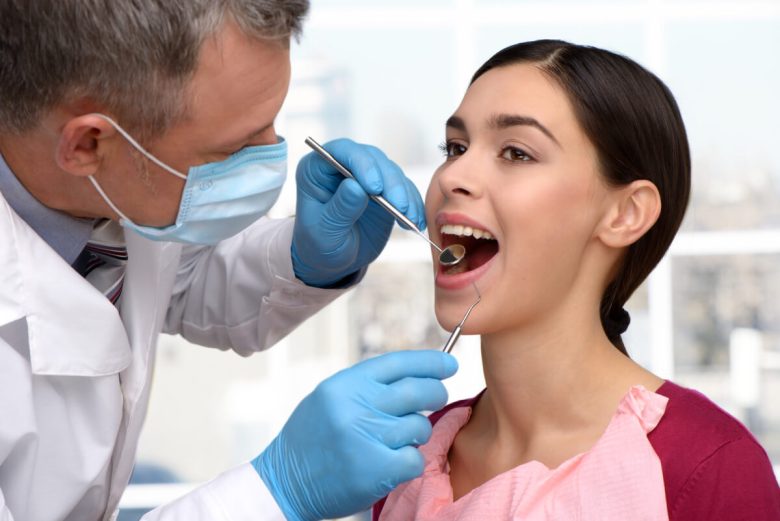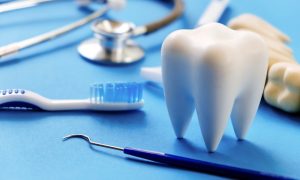Preservation of oral health has become quite significant in the speed of our everyday life, and regular visits to the dentist for cleaning and other checkups may be apprehensive but should also be prioritized to make sure that diseases affecting oral health do not develop. However, to have these cleanings, a financial investment is required; hence, having dental insurance can be very beneficial. This article will discuss the importance dental insurance has in making sure that cleaning procedures are often done at a reasonable cost, providing a potential hypothetical opportunity in the insurance universe.
Thesis Statement Dental Cleanings and Dental Insurance:
Cleanings performed in a dentist’s office are classified as preventative care and are an integral aspect of staying healthy. In this process, plaque and tartar can be minimized, as well as any signs that show future issues with the teeth can be dealt with. This means that the average person does not have to unnecessarily incur great pain and a substantial amount of money in treating dental-procured issues because dental cleanings and other preventive measures are being taken into consideration. In this instance, dental insurance makes visiting the dentist much simpler by covering a large portion of the bill, so one’s oral health can take precedence in their agenda.
Basic Overview of Dental Coverage and its Importance:
Insurance policies are designed with clear coverage guidelines. Such policies typically cover a range of dental care treatments, including cleaning sessions that can be offered frequently. Usually, there are three primary categories of dental insurance:
PPOs: A type of plan that allows a wide range of choices for patients, offering great expenses for those individuals choosing enrolled dentists from the plan’s network
HMOs: These require subscribing to a specific issued practice used for reimbursement, which is typically limited to those included in the network.
Indemnity Plans: A great agent dentist can be contracted without facing any restrictions or limits; in fact, reimbursement may be offered as well for utilizing their services.
Due to this aspect, clients undergo the cleaning plan once per year, which is quite a significant difference between the last two methods, as these treatments are vital for one’s hygiene and personal health.
Cost of Foregoing Dental Insurance for Surgery Cleanings:
Children all across the globe require frequent cleaning sessions, which, if done so without a dental covering, can be quite expensive a treatment to go through. A single cleaning procedure may cost anywhere between $100 and $210 due to inflation, and imagine a couple of teeth requiring cleaning per year; that is quite a lot of money being spent.
Statistical evidence points out that insured individuals tend to bear lesser dental costs than those who do not have insurance coverage, and this is presumably because of bargains undertaken by their respective providers with the dentists. This lowers the cost of services offered.
How to Select a Suitable Dental Plan for Cleaning Regularly?
Every time a patient decides to purchase dental insurance, it is always best to take into account the coverage offered as well as their requirements or their unique circumstances. Considering the following pointers may somewhat simplify the daunting process:
- Coverage: The plan needs to also include coverage for routine cleaning of teeth and other necessary preventive cleaning.
- Network: If your favorite dentist is in the network of dentists, then use his services and you will save money.
- Premiums: Consider the cost of the monthly premium and the benefits accrued from coverage about what you can afford.
- Deductibles and Copayments: Be aware of what the plan stipulates under these two phrases so that you do not incur unwanted expenses.
For families, the dental needs of every member must be considered so that the chosen plan can provide a sufficient level of coverage for all of them.
Dental Insurance For Working People:
With the advancement of AI-driven software systems, the possibilities of enhancing Customer-Dental Relations increase exponentially. Many companies have started employing AI for personalized visual experiences, which opens up new opportunities for both marketing and customer-focused solutions. A major trend in the future is increased growth in Popular Preventative services such as routine cleaning.
Conclusion:
With the increase of artificial intelligence in diagnosis and other useful dental tools, we can expect a paradigm shift in both the customer-dental interaction as well as the array of different services available to the general public. Further providing a clear game plan that decreases overall costs while also boosting Public Preventative Health Care measures.
Let us take up this call to remind ourselves to invest in a satisfactory plan, even to prevent time wasting on other concerned people. This is strategic in that even with wider public outreach, it maximizes the odds of effective oral health care.
FAQs:
1. What is included in a dental cleaning appointment?
It’s standard practice to perform scaling and polishing and, in some cases, apply fluoride as part of the routine dental cleaning.
2. How many times should I go to the dentist for a cleaning?
Regular cleaning appointments are done every six months as per the recommendations made by the dentist.
3. Is there a waiting period to use my benefits after purchasing a dental cover?
All these depend on the terms of the specific policies purchased; in most instances, a waiting period exists before you can access certain schedules.
4. Are routine dentist visits covered for those with insurance coverage?
There are a few insurance policies that might have 100% coverage for cleanings, while others may have certain exclusions, but this has to be checked with the cover provider.
5. Should I change dentists if the one I want to see is out of network for insurance purposes?
The insurance provider should guide guidance on out-of-network coverage, or the alternative is to seek other dentists within the network.




